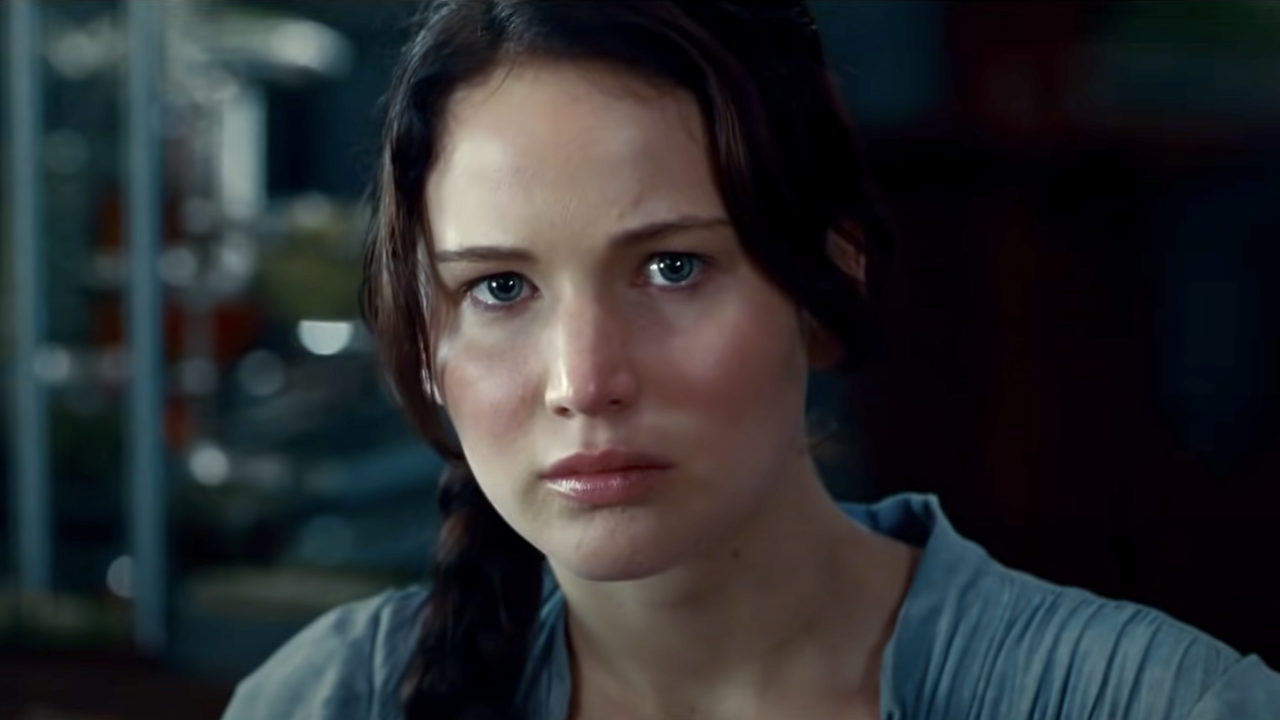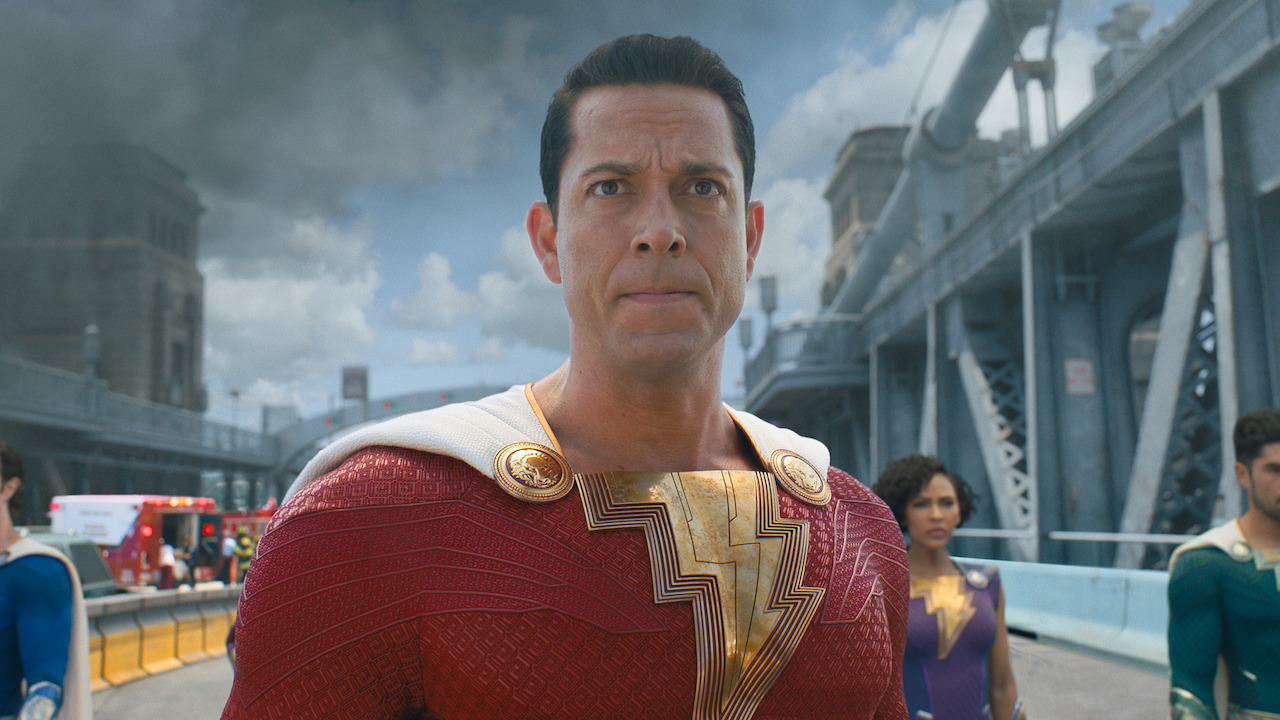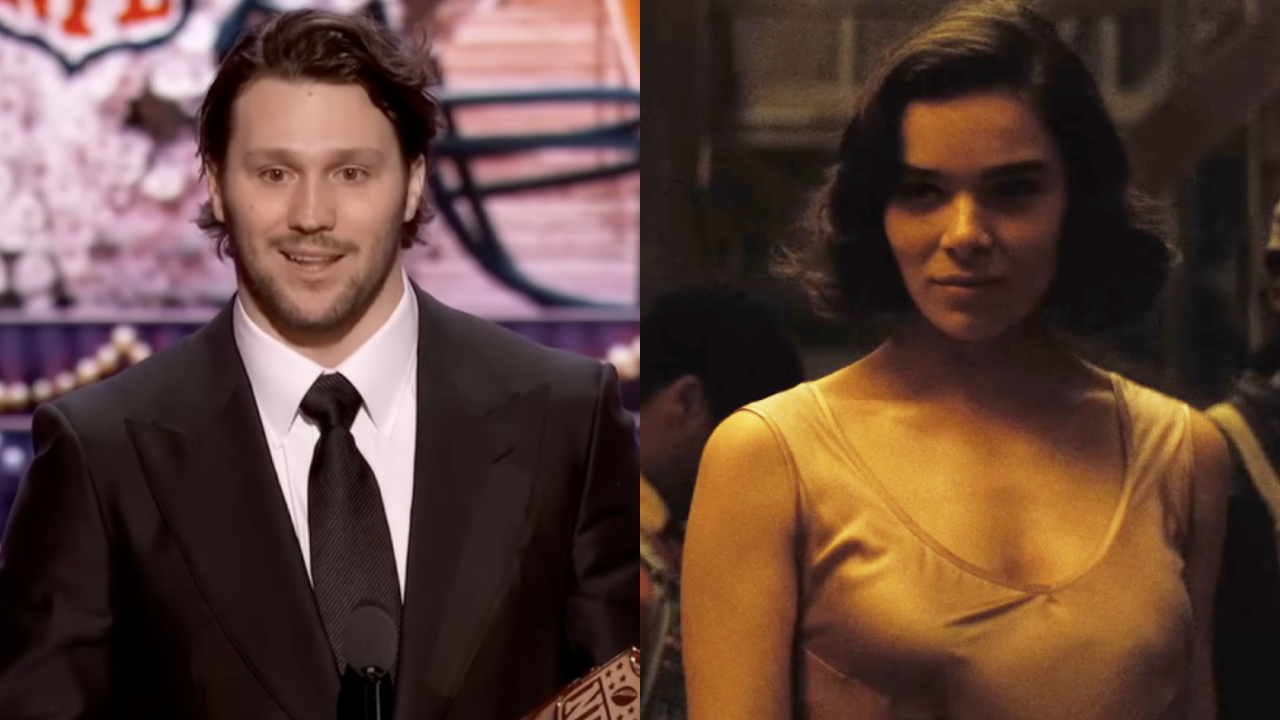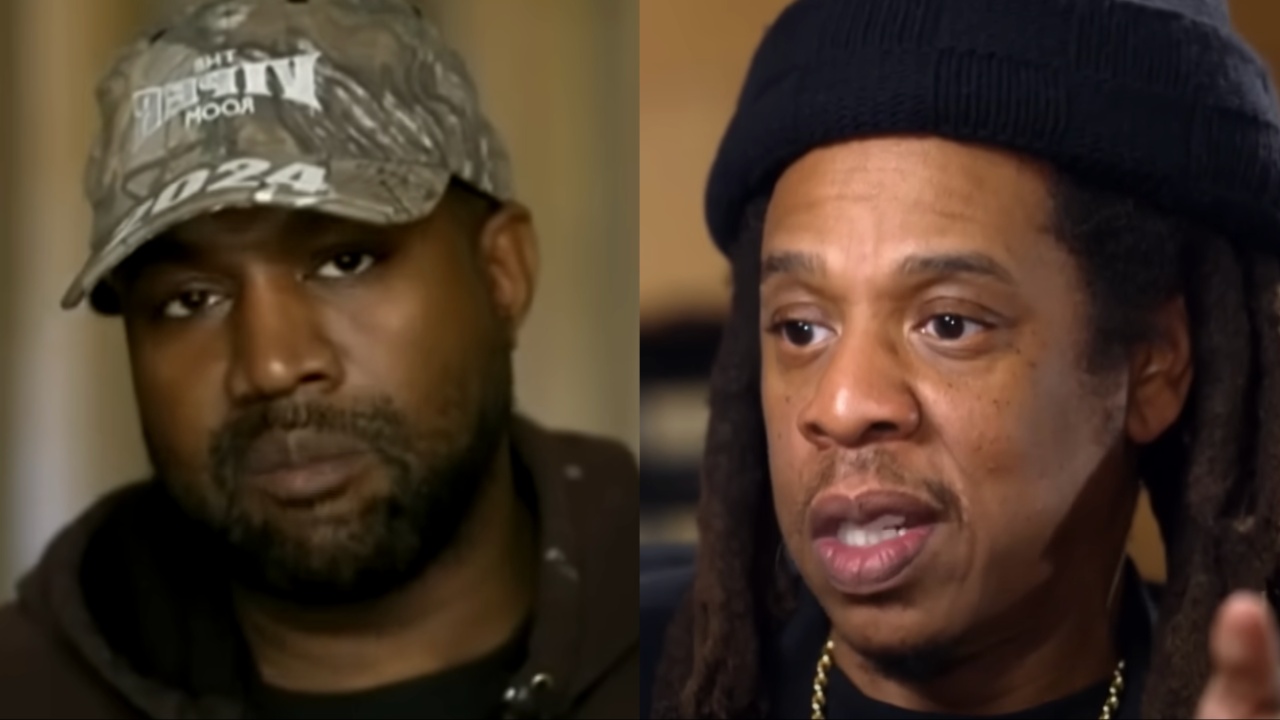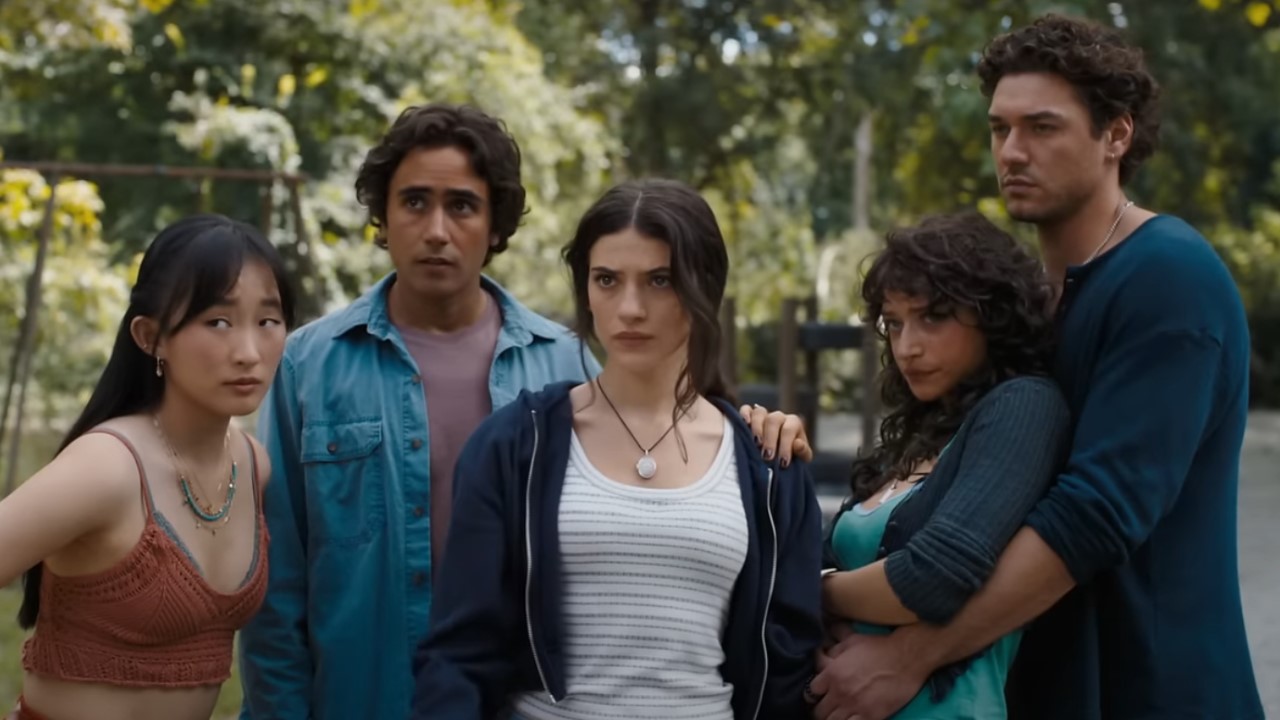Geomerics Interview: Next-Gen Consoles, Battlefield 4 And Ray-Tracing
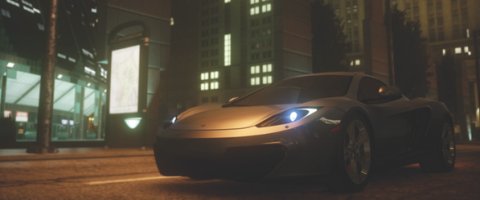
(Image from Need for Speed: The Run, ©2011 Electronic Arts)
When we talk next-generation graphics one of the things we oftentimes don't talk about are the tools and middleware suites that make it possible for the term “next-gen” to be applied to the entity being demonstrated. Well, we had a chance to bounce a few questions off the co-founder of Geomerics Dr. Chris Doran (pictured below), regarding their scalable lighting engine, Enlighten.
Just as a quick rundown of what Enlighten is about, it's basically a third-party lighting tool solution for digital media production, ranging from commercials, TV and movies, to games, CG and animation. Recently Enlighten was used to help power AAA games such as EA's Need for Speed: The Run as well as the Frostbite 2.0 powered Battlefield 3 from DICE. Yeah, it's a real heavy hitter.
We had a chance to ask about how Enlighten can be used in current-gen projects as well as how it scales for the next-gen consoles, as well as how it compares to the emerging path-tracing or ray-tracing methods used in the digital light and production design circles. Check it out below.
Gaming Blend: We know that Enlighten can scale from lower-end platforms to higher-end projects, running on an iPad at one minute but also powering a game like Battlefield 3 the next minute. With the next generation of home consoles expected to launch next year, is Enlighten already scaled to handle next-generation lighting solutions, which some industry insiders have said may be capable of producing Avatar-quality graphics?

Dr. Chris Doran: I cannot say anything specific about the compute power of next generation consoles, but I can make some fairly general claims. The current generation of hardware is now over 6 years old. In that period we have seen major advances in all aspects of hardware design: faster CPUs, GPUs with massive compute capabilities, cheap memory, better power management etc. Given these advances, one can make some predictions about the sort of compute capability that manufacturers would be looking to put into a new console.
Enlighten already runs on current generation hardware. So you can imagine that on next generation hardware Enlighten runs without touching the sides! We have already proved this out in our GPU implementation, developed in collaboration with NVIDIA, which is an order of magnitude faster than current consoles.
CINEMABLEND NEWSLETTER
Your Daily Blend of Entertainment News
So then the question is: what can developers do with all this extra power? With Enlighten there are a number of ways we expect to see the quality bar lifted. The first is the simplest one: the resolution will be cranked up, giving even more fidelity in the lighting. In addition, new runtime technologies make ever greater levels of dynamism possible on new hardware. Dynamic objects (such as vehicles or characters) will interact with all aspects of lighting, and we will see even greater levels of destruction (and indeed creation). We are adding in new specular effects for additional ‘shinyness’ on objects, all easily affordable on new hardware.
Where the graphics quality bar will end up is unclear, but I am confident that the lighting itself could get close to Avatar quality. Then the question moves onto other aspects of content creation. Is that level of modelling detail feasible, and will the animation, physics, and AI all be equally plausible. And finally, will the game be any good!
Gaming Blend: Following up on the last question, the GDC 2013 teaser video depicts some real-time lighting and color manipulation. Was this demo running on the Unreal Engine 3 or Unreal Engine 4 and was Enlighten one of the main lighting sources used for Epic's now famous Demon Knight UE4 demo?
Dr. Doran: The teaser video was built on the latest UE3 build - the one Mark Rein refers to as ‘Unreal 3.9’. This contains some of the rendering technology going into UE4, but none of the new editor features. We expect to move onto UE4 soon, but it takes a while for all the additional pieces of middleware to come together and work nicely.
The technology in the UE4 demo was Epic’s implementation of a technique called ‘voxel cone tracing’, which was developed by our friends at NVIDIA. It’s pretty cool stuff, but it is very expensive in terms of compute resource and memory. It also struggles to scale to entire cities, so you wouldn’t light a Battlefield map this way! Over time you will see these approaches merge with what Enlighten can currently do and be part of the mix of techniques on next-generation games.

Gaming Blend: Enlighten is part of Epic's Integrated Partnership Program for the Unreal Engine, and it was also used in EA and DICE's Frostbite 2.0 Engine. Is Enlighten also compatible with Crytek's CryEngine 3 or Unity's Unity Engine?
Dr. Doran: We are currently fully integrated into the Unreal Engine and Frostbite 2, though the latter is only available internally to EA Studios. We regularly review the engine space and CryEngine, Unity and Havok Vision are all interesting to us. It is natural to expect that we will broaden our range of integrations over the next year, largely led by customer demand.
Gaming Blend: One of the big things emerging in the tech development circles is path tracing. While path tracing still seems to be a ways off from real-world application in today's gaming environment, how close is Enlighten to achieving the same kind of visual fidelity or lighting capabilities exhibited by some engines such as the Brigade 2 Engine?
Dr. Doran: The film and CG communities have been pushing the boundaries of visual fidelity for many years and produced stunning results. But all of their techniques are both compute and labour intensive. Also, I think it is a mistake to view ray tracing (path tracing) as the ‘gold standard’ of lighting calculations. Some parts of a full lighting calculation are best handled by ray tracing, but others are not. The sort of lighting that Enlighten calculates at run time is not well handled by ray tracing – it takes far too long to converge on an acceptable image and cannot run at a frame rate acceptable for games.
In fact, for almost every calculation that can be handled by ray tracing, the gaming community has come up with a faster algorithm that gets 95% of the job done without the huge cost. I suspect this will always be true. Even if the hardware was powerful enough for complete real-time ray tracing, you still wouldn’t do it. You would use other techniques that would match the image quality at far less cost and use the compute power you save on the rest of the game.
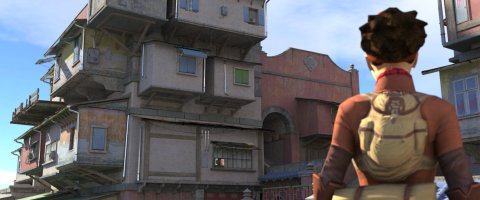
Enlighten also differs from path tracing in its central design philosophy. With ray tracing you set up a scene, press a button and wait, and see what you get. Usually the goal is to hit some ‘physical ground truth’. With Enlighten the feedback is instant, and we allow artists to totally mess with the laws of physics. That way they can push towards whatever style they are after. The tool is totally flexible, and does not constrain the artist the way some black-box ray tracers do.
Gaming Blend: It was briefly mentioned that Enlighten can help alter the settings and atmosphere of a scene, using shadow and light sourcing to change the mood. While we know that light sourcing is oftentimes only looked at as eye-candy, I imagine for a game like Beyond: Two Souls or Heavy Rain, something like Enlighten can play a pivotal role in character dynamics and helping bring certain facial or emotional gestures to life in a much more convincing manner. Does the team at Geomerics help frequently with rigging or designing specific light sources or light alterations to help development teams light specific scenes, or is it just a matter of making sure the tools are available from the get-go so that developers have everything at their disposal when they need it?
Dr. Doran: We believe that lighting plays an incredibly important role in storytelling, as it is fundamental to setting the mood of a scene. Film cinematographers work hard to ensure the lighting sets the mood and mirrors the narrative. Lighting also naturally leads the eye, which is a vital technique in game design. Games artists have been exploring these techniques as well, but without dynamic lighting like that provided by Enlighten, they have been very limited in what they can do.
Games artists are deeply immersed in lighting techniques and the theory of cinematography, and have been waiting for easy-to-use real-time lighting technology to come along so that they can become ‘virtual cinematographers’. We do provide some on-site training to help them along if desired, but really our focus is on providing fast, flexible tools and then letting the artists come up with their own creative ideas.
Gaming Blend: With Enlighten being used for a lot of high-end games, is it possible that we could be seeing it applied once more for EA and DICE's Battlefield 4 or is nothing set in stone just yet?
Dr. Doran: EA has made a long-term commitment to Enlighten and it is fully integrated in the Frostbite 2 engine. All Frostbite 2 titles going forward will use Enlighten, so expect to see some exciting news very soon on upcoming titles!
Image from Battlefield 3, ©2011 EA Digital Illusions CE AB.
Image from Unreal Engine 4, ©2012 Epic Games
Staff Writer at CinemaBlend.
A Hunger Games: Sunrise On The Reaping Character With Deep Ties With Katniss Has Just Been Cast, And I Think They Found The Perfect Person
Netflix's Ted Sarandos Is Hoping For A Trillion Dollar Valuation (And I Already See The Price Hikes Coming)
Shazam's Director Opens Up About 'Death Threats' And Why He's Tried Avoiding Big IPs After The DC Franchise

